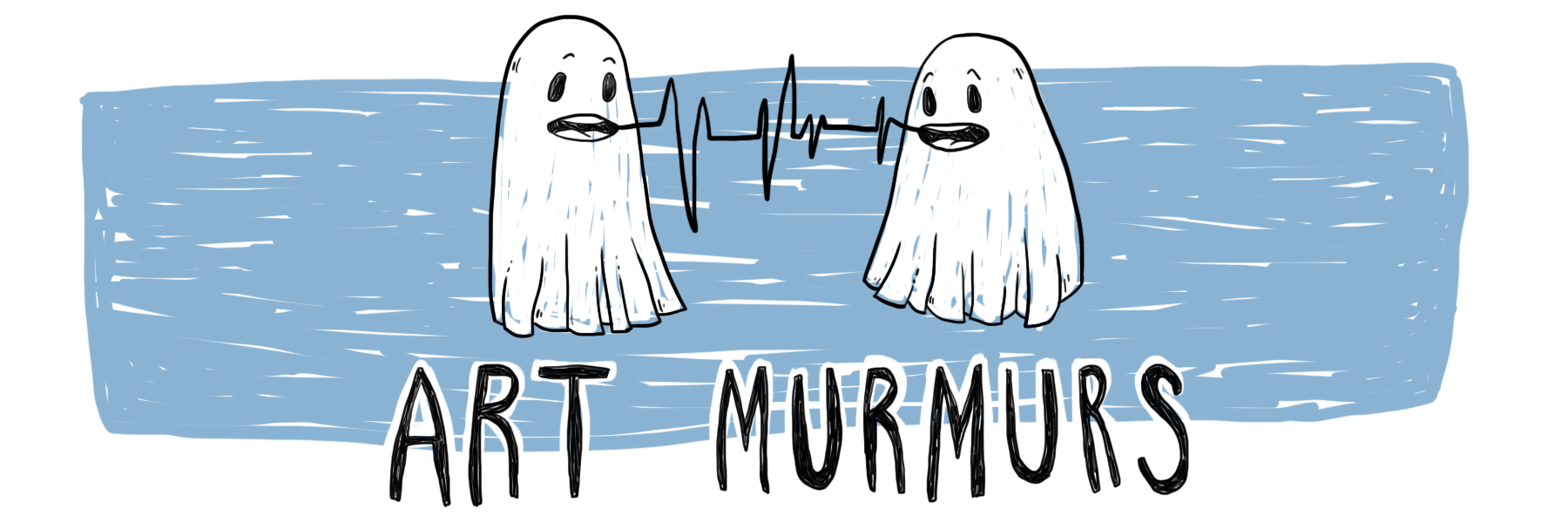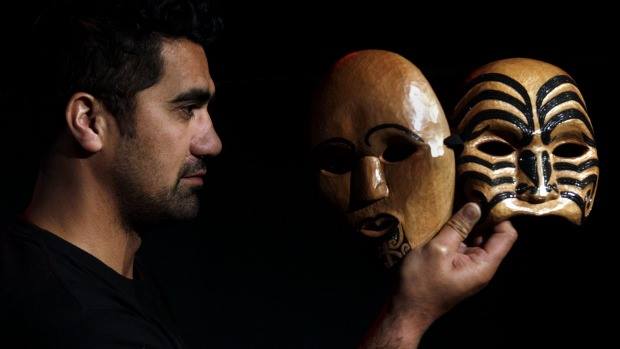Courtney Rose Brown
Taylor and Geenty, have expressed the core of Othello in this performance, with intricately woven aspects of movement, Te-Reo, Shakespearean dialogue alongside improvised moments that result throughout the piece with the audience doubled over in laughter.
Skilfully Taylor manipulates the world on the stage using masks as tools that support his story telling. Creatively, Taylor turns masks at points as props to create a genuine sense of fear and of threat, going beyond just wearing them on his face. The dexterity of his performance is evident through no assistance of technical cues (as the lighting design is just a general wash), he creates obvious states where he is delivering Iago’s soliloquies and when he is on stage with other characters.
Taylor brings a fresh and organic energy to his performance and it is hard at times to identify if parts of the comedy are scripted or improvised from his fluidity and skill as a performer. When moments are obviously improvised with Taylor’s interactions with the audience, belly laughs ensue. These fuel Taylor’s comedy as he gets moments to commentate on reactions while audience members catch their breaths.
The simplicity of the set: a clothesline, a white cloth and a chest, makes the show easy to tour. Whilst providing Taylor with plenty of room to play with, the chest is often used to store props and occasionally to add sound effects, jarring to the soundscape that Taylor creates with his own person (e.g stomping and whistling), punctuating moments of anger or of fear. The cloth as well as a signifier of purity and representing many props, most significantly a handkerchief, often provides a backdrop, or a curtain where Taylor can transform behind or show the physicality of multiple people. At one point it is used with experimental shadow play to show a battle. The show is clunky at times, with Taylor’s manipulation over the sheet for transitions, but these are soon forgotten and easily forgiven as Taylor is quick to comment on his errors, weaving them into the humour of the show.
Near the middle of the show, the story grows convoluted and the definition between characterisations slip with the speed and race to the climax. Taylor undeniably performs a high energy show, but at times when he is caught in this, opportunities are missed to slow down and let his actions sink in with the audience.
The acoustics of Desdemona’s mask, from being the only one covering the whole face, creates a beautiful whistling sound and a karanga. She is the only character not to speak, as the men in the play speak for her. Taylor plays her with strength, with her physically grounded and inquisitive, with sharp direct movements, often supported with wiri. The white cloth is often associated with her presence, presenting her as a bride and of innocence, linking back to pre dated expressions of virginity linked with purity and this being tarnished with blood on sheets.
Beautiful imagery is returned to of Desdemona, juxtaposing with her first presentation and her final one. This moment of stillness and of quietness is powerful as it interrupts the fast paced nature of the show as reality settles in.
His decision to have Othello performed without a mask is a bold one. In this, he is distinct and separate to the other characters, this also provides a sense of Taylor being the everyman as his performance as Othello is the least stylised. With the recognition of regret and error, Taylor leaves Othello onstage alone, without masks and without the perspectives of others. He has conversations that we cannot hear, but he alone can. Taylor provides a real truth to Othello, presenting humanity in the monstrosity, which generates strong links to domestic violence today. The decision to present Othello without animalistic physicality or decisions that strongly peg him as a villain, is a striking one. This alongside the silent struggle in Desdemona’s murder, performed gently and lovingly, shows the layers and complexities of domestic violence; where tenderness and violence can co-exist.
If just to see Taylor’s sharp wit and endearing stage presence alone, SolOTHELLO is showing at Circa Theatre, in Circa Two at 7.30pm till Saturday the 18th of June that is guaranteed not to disappoint.
To book tickets or to find out about more information about the show click on this link:
http://www.circa.co.nz/package/solothello/
To find out more about other shows in the Kia Mau Festival click here: https://kiamaufestival.org






